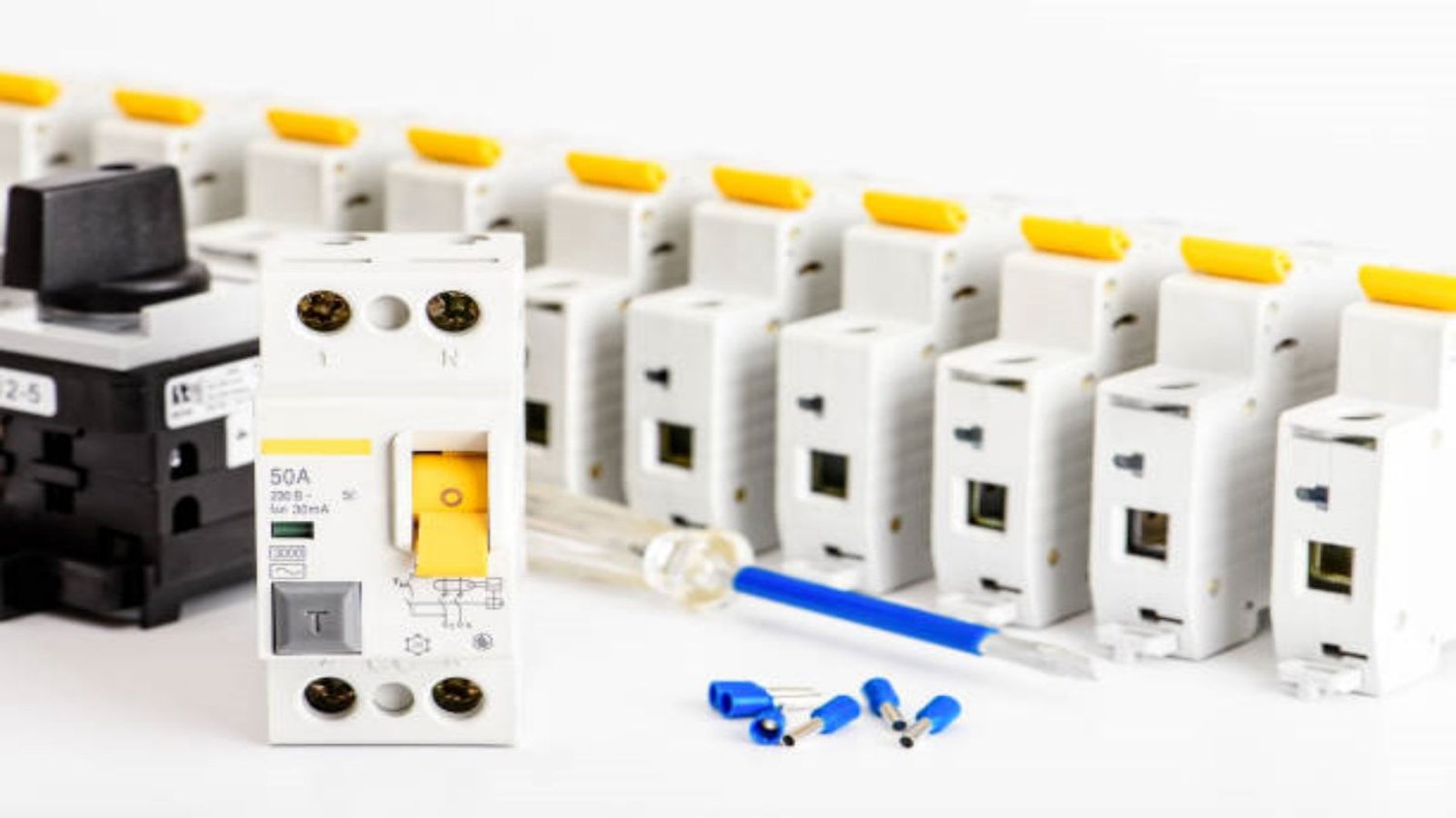Table of Contents

Where is voltage regulator located: A Comprehensive Guide
When it comes to the electrical system of a vehicle, the voltage regulator plays a crucial role in ensuring a stable and consistent supply of electrical power. But have you ever wondered where the voltage regulator is located in your car? In this article, we will explore the various aspects of this important component and provide you with a detailed answer to the question, "Where is voltage regulator located?"
1. Understanding the Voltage Regulator
Before we dive into the location of the voltage regulator, it's important to understand what it does. The voltage regulator is responsible for maintaining a steady voltage output from the alternator, which is necessary to power the electrical components of a vehicle. Without a properly functioning voltage regulator, the electrical system can experience fluctuations and potential damage.
2. Voltage Regulator in Older Vehicles
In older vehicles, the voltage regulator is often a separate component that is mounted externally. It can be found either on the firewall in the engine compartment or on the inner fender. These external voltage regulators are typically larger in size and have visible wiring connections.
3. Voltage Regulator in Modern Vehicles
In modern vehicles, the voltage regulator is usually integrated into the powertrain control module (PCM) or the engine control unit (ECU). These electronic control modules are responsible for managing various aspects of the vehicle's performance, including the regulation of voltage output. As a result, the location of the voltage regulator in modern vehicles can vary depending on the specific make and model.
4. Location in Engine Compartment
One common location for the voltage regulator in modern vehicles is the engine compartment. It may be mounted near the alternator, usually on the inner fender or firewall. This placement allows for easy access and efficient cooling, as the engine compartment tends to have sufficient airflow.
5. Location in the Dashboard
In some vehicles, particularly those with front-wheel drive layouts, the voltage regulator may be located in the dashboard. This positioning helps reduce the length of wiring needed to connect the alternator to the voltage regulator, improving efficiency and reducing the chances of electrical interference.
6. Location in the Fuse Box
Another possible location for the voltage regulator is within the fuse box. This is more common in vehicles with compact designs or limited space in the engine compartment. The voltage regulator may be integrated into the fuse box or located nearby, ensuring easy access for maintenance and repairs.
7. Location in the Alternator
In certain modern vehicles, the voltage regulator is built directly into the alternator. This integration streamlines the electrical system and reduces the number of components. If you cannot find a separate voltage regulator in your vehicle, it is likely integrated into the alternator.
8. Location in the Battery Compartment
In a few cases, the voltage regulator can be found in the battery compartment. This location is less common but serves the purpose of keeping the regulator close to the power source. It may be mounted on the battery tray or attached to the side of the battery itself.
9. Location in the Rear of the Vehicle
In some vehicles, especially those with rear-mounted engines or batteries, the voltage regulator may be located at the rear of the vehicle. This placement allows for more efficient routing of wiring and reduces the risk of interference with other engine components.
10. Consult Your Vehicle's Manual
While we have discussed the common locations where the voltage regulator can be found, it's important to note that the specific location may vary depending on the make, model, and year of your vehicle. For accurate and detailed information, always refer to your vehicle's manual or consult a professional mechanic.
